Snazz You Like It
Can a single TikTok end homelessness in LA? No, absolutely not but please read anyway.
One of the little characters in my pocket that the machines like to show me is a TikTok artist named Snazzy Carlos. He doesn’t have the broccoli haircut but it’s in the same haircut family.
Some of his TikToks are keen observations about gender roles and Pennywise but many of his most popular ones are about LA and how it sucks.
Some are about how downtown is scary. Others are about how Orange County is a veritable Elysium compared to here. He first came to my attention when he made fun of a new bike lane that I like to ride my little bike on.
All of Snazzy Carlos’s TikToks play in a dank viewing chamber at the base of my skull that was originally constructed to screen memories of my grandparents. But the one that has truly captured me is from a couple months ago, where he observes that there aren’t as many tents in Hollywood anymore.
 Tiktok failed to load.
Tiktok failed to load.Enable 3rd party cookies or use another browser
Here’s the thing: Snazzy Carlos has picked up on something real that is happening in Hollywood.
The block he’s looking at is south of Hollywood Boulevard on El Centro. He’s right — there was a large encampment there until June of last year.
Snazzy Carlos attributes its removal to “now that the Olympics come you guys clean it all up.” This is spiritually correct but it was more directly the product of Inside Safe.
Inside Safe is Mayor Bass’s signature homelessness program. It focuses on large encampments.
When an encampment is picked for an Inside Safe operation, the Mayor’s team goes out over a few days and offers everyone there shelter in a hotel room. Then everyone who wants to go inside gets transported to the hotel on a bus, and Sanitation comes out to clean up anything left behind and powerwash the block. 33 people ended up getting into shelter from the El Centro encampment that Snazzy Carlos remembered.
There’s a lot to write about Inside Safe. But one thing is that there have been, by a lot, more Inside Safe operations in the Hollywood area than any other part of LA. Snazzy Carlos went to the right neighborhood.
Overall there have been at least twelve Inside Safes in the council district where Hollywood is (Council District 13). That’s 50% more than the next highest district (CD8 in South LA), even though CD13 ranks about sixth in overall homelessness.
This chart is from the last Inside Safe report. I have no explanation for why it breaks down the number of operations in this bizarre way but there you go.
According to the Mayor, eight of the operations were in Hollywood, with 260 people going into shelter.
In a healthy media ecosystem the LA Times might cover the intensive focus on Hollywood, but they don’t have a homelessness beat reporter anymore and so the responsibility falls to Snazzy Carlos. He sensed this chart without ever having touched a print newspaper.
And that’s why his TikTok tells us more than maybe anything else about the fate of Measure A — one of the highest-stakes bubbles on the November 5th ballot.
Measure A is a half-cent sales tax. It is the more powerful offspring of Measure H, a quarter-cent sales tax from 2017 that currently funds a lot of LA County’s homelessness response system.
Measure H works like this:
Let’s say some Snazzy Carlos sponsored content inspires you to buy Dr. Pepper Strawberries and Cream Zero Sugar. There’s no sales tax on groceries so Measure H doesn’t apply to this. Same for gas, medicine, and other “essentials.”
But what if later you buy a Dr. Pepper t-shirt at the Hollywood Target on Sunset and Western?
The shirt costs $9.74.
You get charged 90 cents in sales tax.
2.435 cents of that goes to Measure H funds.
That 2.435 cents gets divided between hundreds of different programs that operate outreach teams, shelter beds, job training programs, and more.
It adds up to more than $500 million over the course of the year.
If Measure A passes next month, the 2.435 cents goes up to 4.87 cents — and the $500 million in homelessness funding also doubles.
If it fails, all of the funding goes away when Measure H expires in 2027.
So Measure A is kind of a re-election campaign for the 2017 tax. To win a re-election campaign, you need to show voters that you have addressed some of the problems in a positive way — and it is hard to make the case for effectiveness on homelessness in LA. There are still people and tents on the street in basically every neighborhood.
But I think most people in LA are on Snazzy Carlos’s wavelength — they can feel in their guts that street homelessness is down from the peak of the pandemic, and while they may not know why, they will be inclined to keep doing whatever we’re doing for a few cents per shirt.
This dynamic also tells you something about why Mayor Bass chose to make Inside Safe a location-based response that could focus on large encampments in high-visibility areas like Hollywood.
When it comes to getting people to support more funding, homelessness services are different than basically anything else. If people feel like crime is going up, they support increasing police funding. Same goes for street repair, tree trimming, whatever else — when people feel like a problem is getting worse, they tend to support lining up more money to fix it.
Homelessness does not work like that. When people feel like homelessness is going up, they are less inclined to fund services. Nobody says “the Bureau of Engineering is incentivized for there to be MORE broken sidewalks so they make more money!” People do say that about homelessness all the time, however.
So if you don’t address homelessness in a way voters can see and feel, at some point they will just stop giving you the funds to solve it — or electing you. Especially when your last and likely next opponent is out here claiming that you made homelessness worse, no matter what you actually did.
All that is why Measure H passed with 69% of the vote in 2017 and Measure A is likely to come in right around 50% next week. Homelessness in LA has gotten worse in the last seven years. A general sense of improvement in the last couple may be the only thing that prevents voters from killing funding for services altogether — which proponents of Measure A say would cause a 28% spike in homelessness the year after funding runs out, a growth we have no precedent for.
Anyway. The commenters and likers on the Snazzy Carlos’s TikTok are broadly in agreement that there are fewer encampments around the city.
But the comment that really sat me down was the top comment.
That’s soooo many likes! This is not how I’m accustomed to hearing people talk about homelessness in neighboring counties compared to LA.
That comment opened up another question for me:
For the last almost-decade, LA has been raising tax money locally through programs like Measure H to build up a local homelessness response, while other parts of the region, state and country have not. So is there now a perceptible difference in how homelessness has changed in LA vs. everywhere else over that time?
On the podcast episode where Scott Frazier and I talked about Measure A, I tried to answer this question by comparing LA’s homeless counts since 2017 to the entire state of California’s. I failed! The state is just too big and sloppy to be a good area of comparison.
So I tried to narrow things down and just look at how things have gone for the other counties in Southern California since 2017.
Each of the other SoCal counties has always had much less homelessness than LA, but their Homeless Counts add up to something in the neighborhood of LA’s total. Most importantly, none of them passed any special taxes or other local revenue streams to fund homeless services like LA did with Measure H.
So here’s the data for how sheltered, unsheltered, and total homelessness have changed in all the Southern California counties between 2017 and 2024, according to their annual Homeless Counts (which are never 100% accurate but are the best way we have to identify trends).
Down there on the bottom right in the blue you can find two main takeaways:
Homelessness has grown all over Southern California over the past seven years.
Overall homelessness has grown more slowly in LA County than in the rest of Southern California.
The gap is particularly big when it comes to unsheltered homelessness, which grew by 31% in LA and 55% everywhere else. (Unsheltered homelessness includes people living tents, RVs, and or anything else that isn’t an actual shelter facility).
Meanwhile, sheltered homelessness grew faster in LA than in the rest of SoCal — 53% to 40%. You can chalk a lot of that difference up to programs like Measure H and Inside Safe, which have brought thousands of people indoors.
The numbers also affirm some of what top commenter thedesignmercenary was saying: homelessness has gone up sharply in San Bernardino, and unsheltered homelessness has almost tripled. Also notice the increase in the Carlossian paradise of Orange County.
This data still doesn’t tell us enough to say that LA’s slower homelessness growth is a direct consequence of passing Measure H and other local revenue streams. San Diego County saw much slower homelessness growth than LA and it didn’t pass anything like that — there was one attempt to put a tax to fund affordable housing on the San Diego city ballot in 2020, and it failed by fifteen points.
But when the data and the TikTok vibes are in alignment, you have to take that seriously at some point.

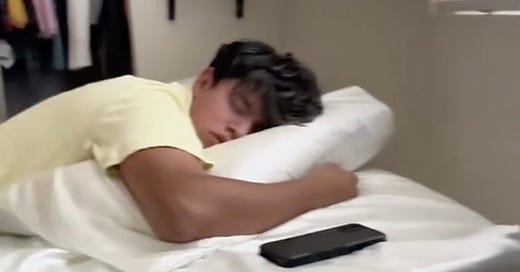



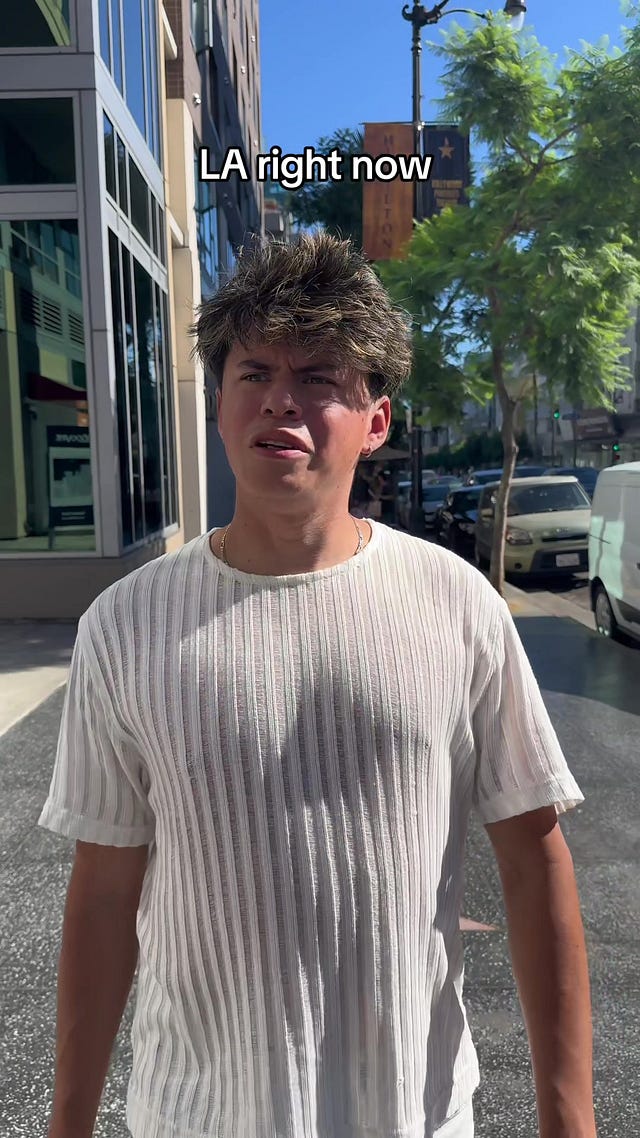
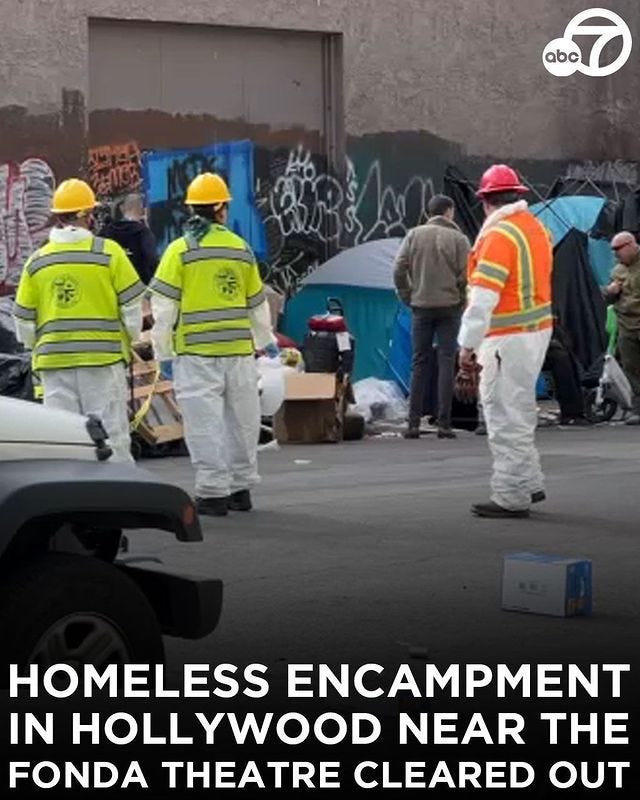
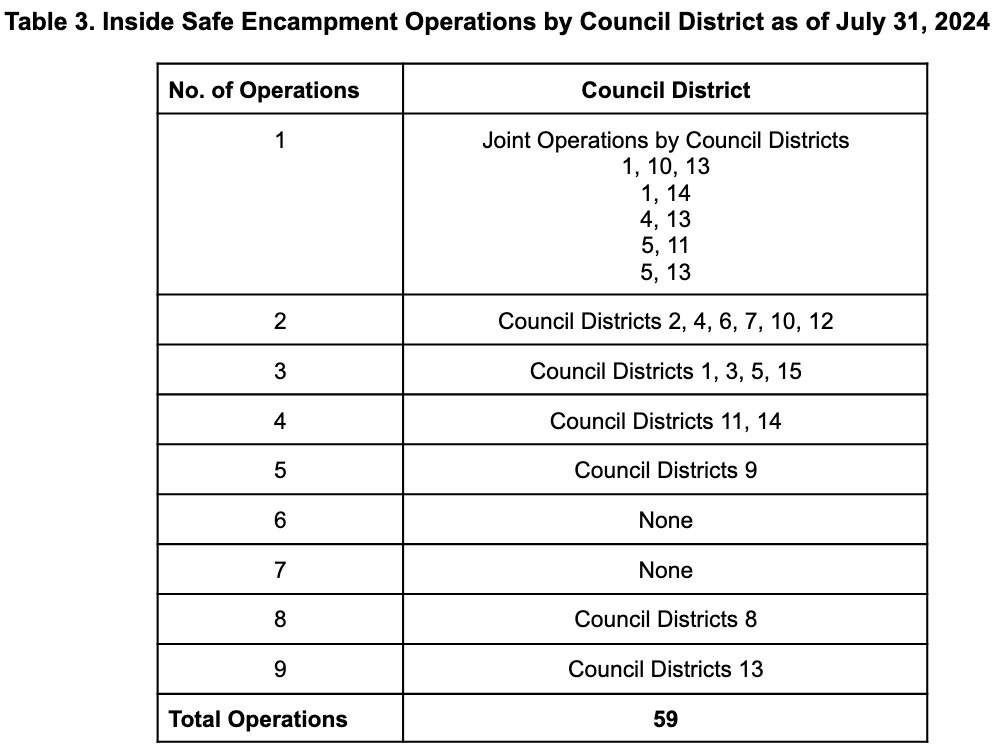
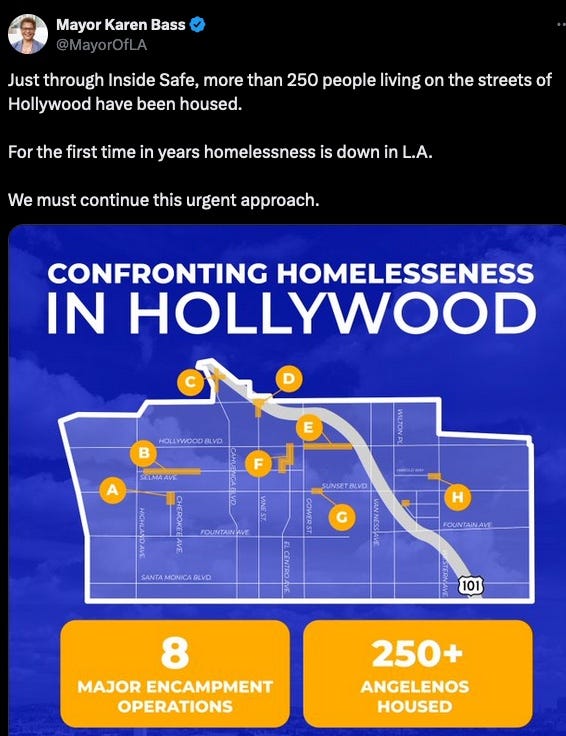
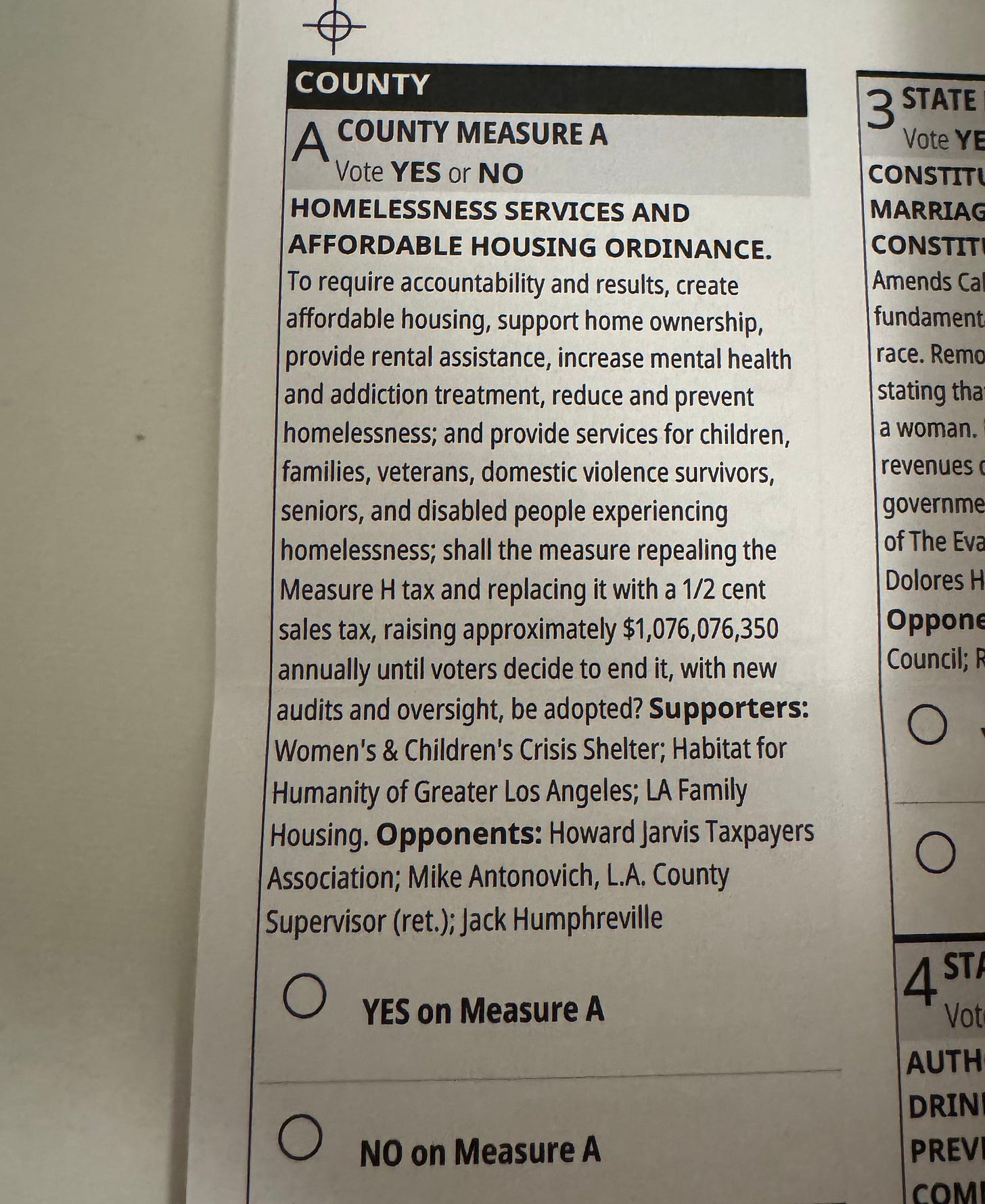


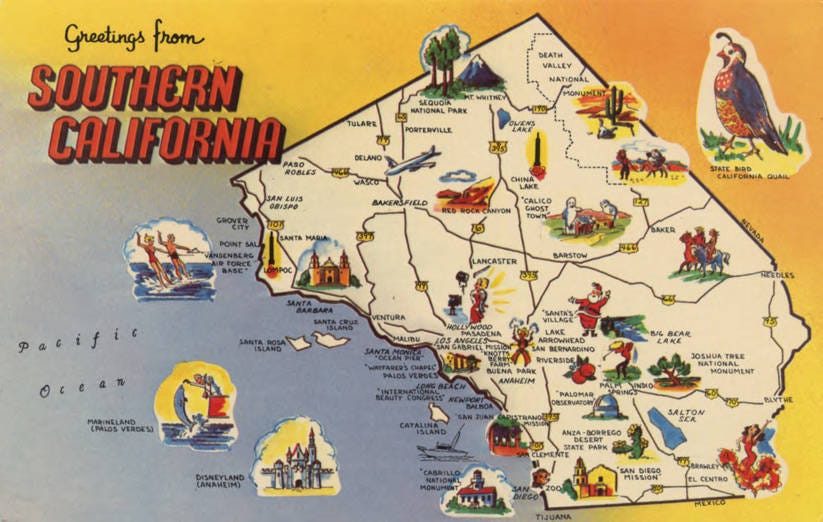

So glad this got the Variety article it deserves! Hopefully we can improve these peoples’ lives if we get some eyes on the issue.